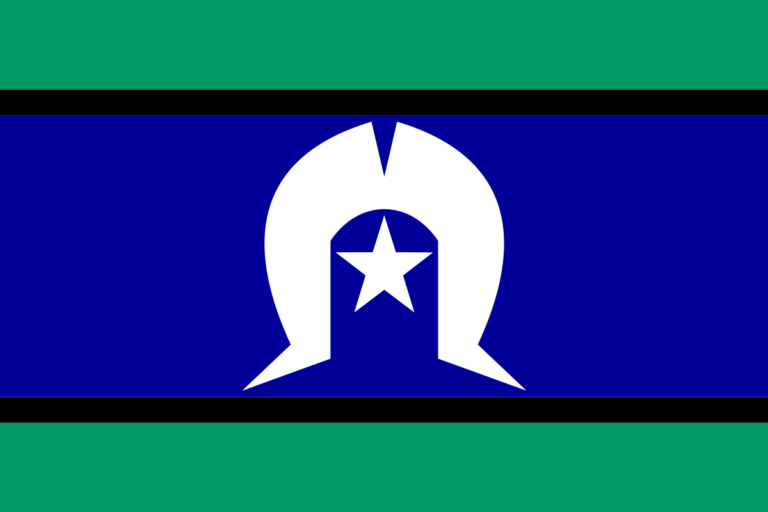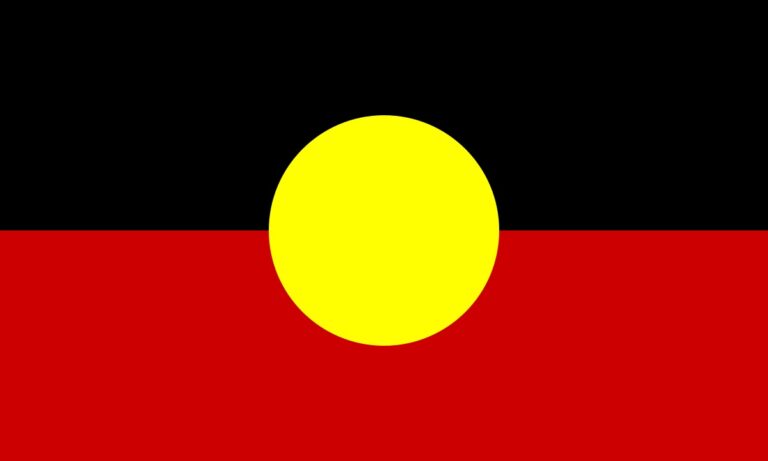Researcher
- Foundation for Alcohol Research and Education
Summary
A moratorium on late night trading applications by on-premise licensed venues was introduced in September 2009 by the Queensland Government. For the duration of the moratorium, no liquor licensing applications for extended trading hours between 12am and 5am were assessed. This moratorium was lifted on 1 September 2014 allowing for late night applications to be made.
This analysis examines the impact of the moratorium being lifted on liquor licensing applications for late trading in Queensland in the six month period between 1 September 2014 and 28 February 2015.
Outcomes
This analysis demonstrates the immediate impacts of lifting the moratorium on late night trading in Queensland. Even though the number of venues seeking to increase late night trading hours in the six month period represented just 1.5 per cent of all licensed venues in the state, these applications led to a significant increase in the total number of late night trading hours and more approvals will further increase total trading hours.
In the six months following the lifting of the moratorium on late trading in Queensland, 107 applications were made for late trading beyond 12am. Of these, 40 applications were approved and 67 were still awaiting a decision at 28 February 2015.
The average number of late night trading hours sought by each licensed venues was 12 hours per week, resulting in a total of 1,292 hours of extra trading hours being sought per week. Over a year, this equates to 67,184 hours.
The majority of the 107 applications seeking to trade after midnight or extend their late night trading hours came from Commercial Hotels and Community Clubs such as sporting and RSL clubs, with over two thirds of venues applying to trade to 3am.
The location of these venues seeking to trade beyond midnight were distributed throughout Queensland metropolitan and rural centres. However the highest proportion of applications emanated from the busiest entertainment districts of Brisbane (35 per cent) and the Gold Coast (15 per cent). This is a concern as both these areas are within Safe Night Out precincts that require extra controls and policies for licensed venues to prevent and deal with alcohol-related violence.
Recommendations
While it is too early to determine what the long-term impact of lifting the moratorium has had on alcohol-related assaults in and around licensed venues and the areas where late night trading has been extended, the evidence clearly shows that an increase in late night trading is associated with an increase in harms.
As demonstrated by this analysis, the lifting of the moratorium on late night trading in Queensland quickly resulted in the increased availability of alcohol across the state. This analysis shows governments need to have recourse to more sustainable ways to manage the availability of alcohol than resorting to freezes or moratoriums. This will require being better informed about the evidence, being clear about the policy objective (reducing harm) and being more responsive to evidence of rising alcohol-related harm in particular localities.
The moratorium on late night trading should be reintroduced in Queensland to prevent further harm from occurring while the Queensland Government legislates the 3am last drinks and 1am lockout measures outlined in its alcohol policy. In light of the evidence of the highest risk of harm occurring after midnight, governments should also be examining the broader issue of the need to provide extended trading permits for the sale of alcohol.






